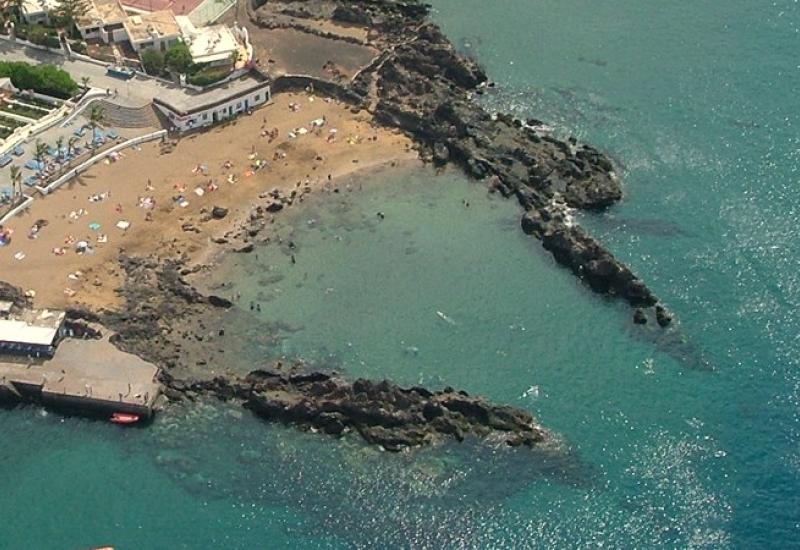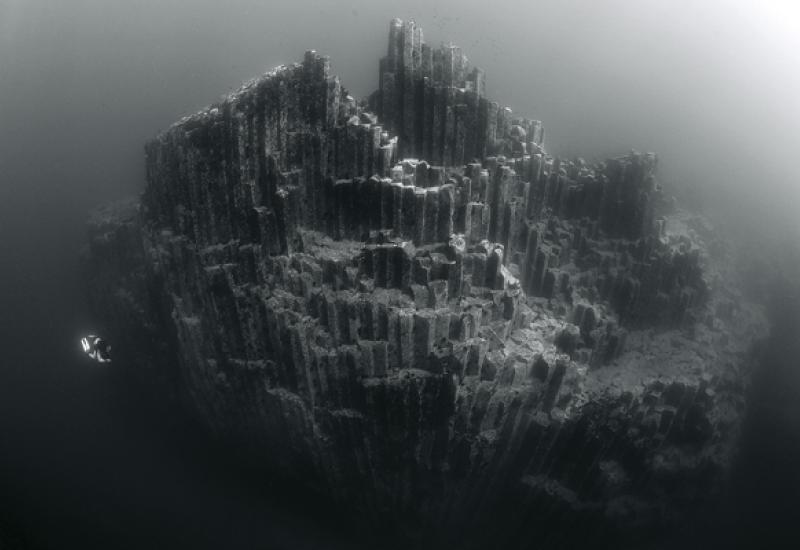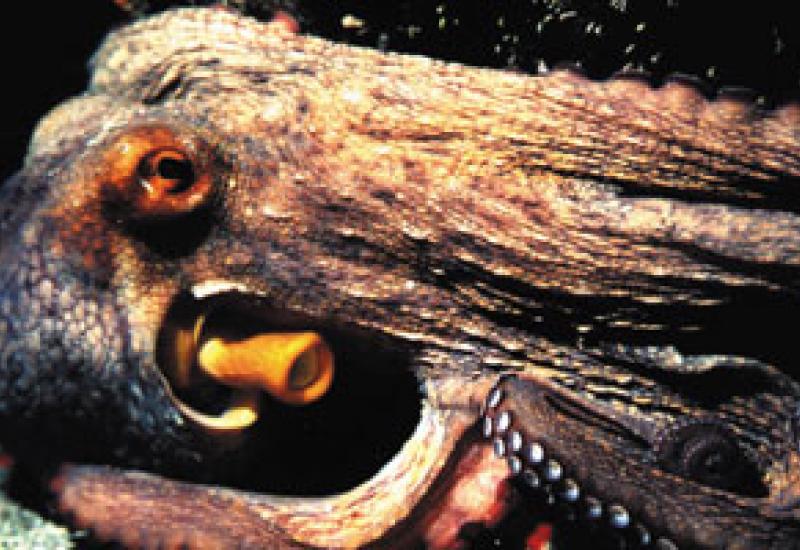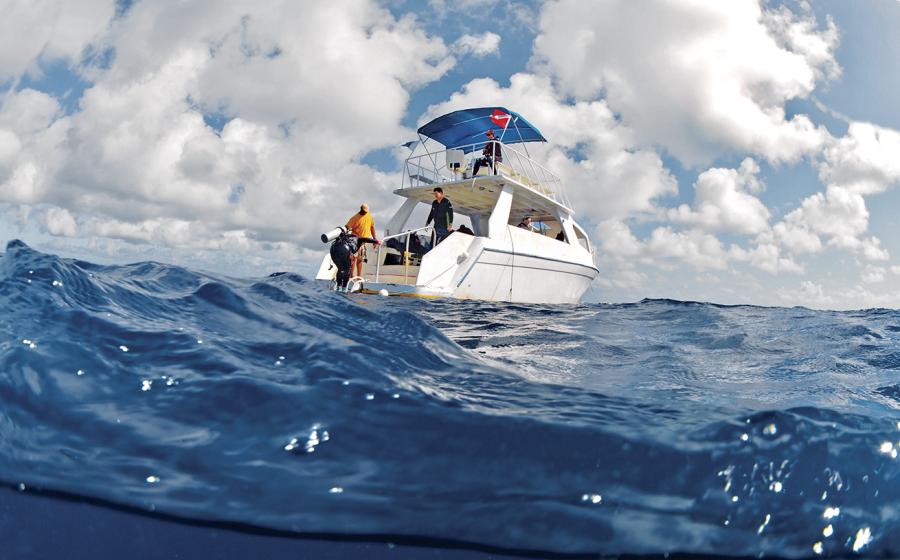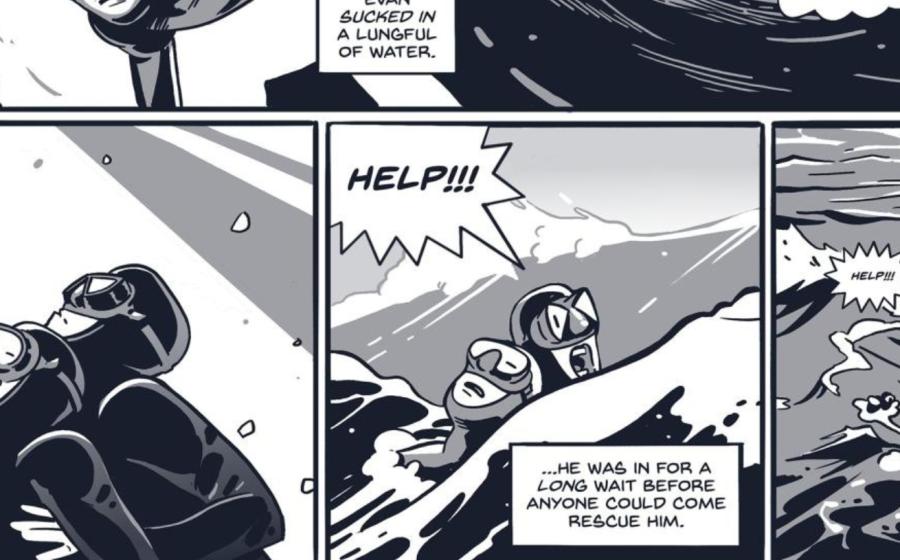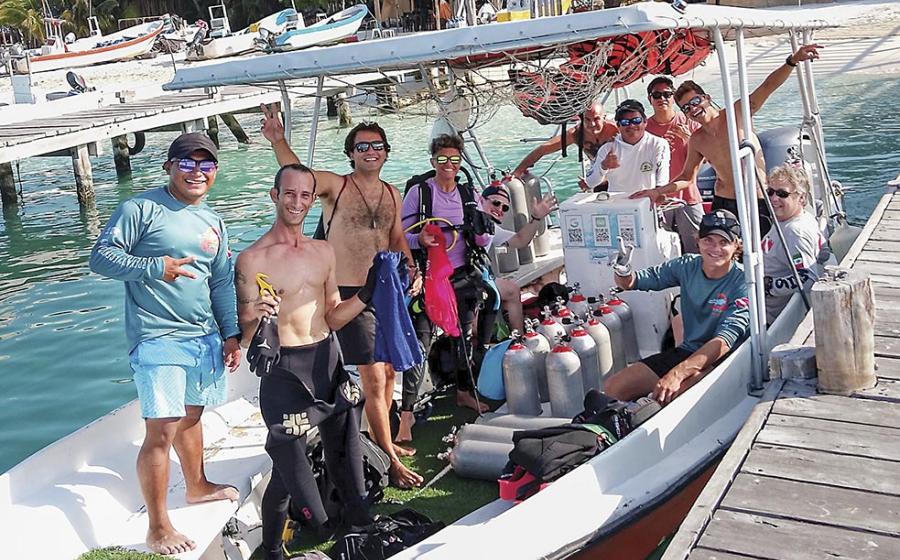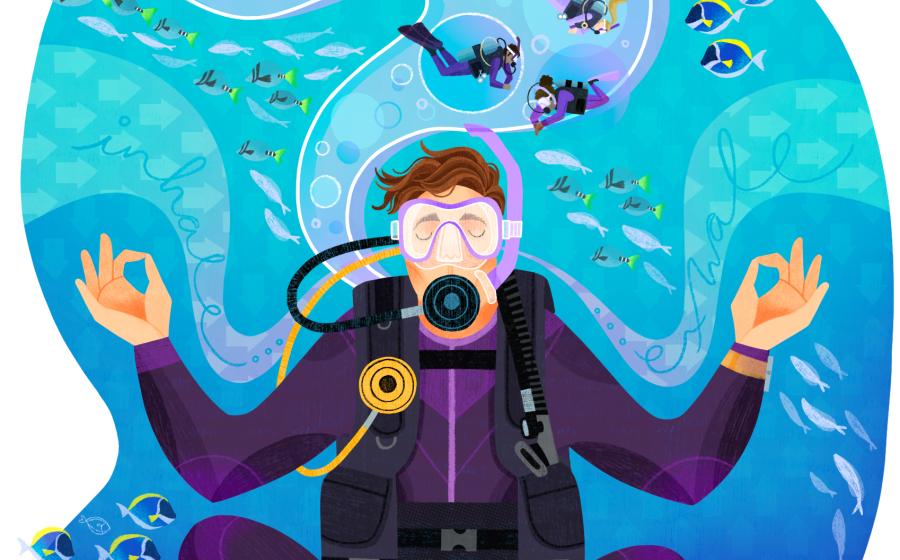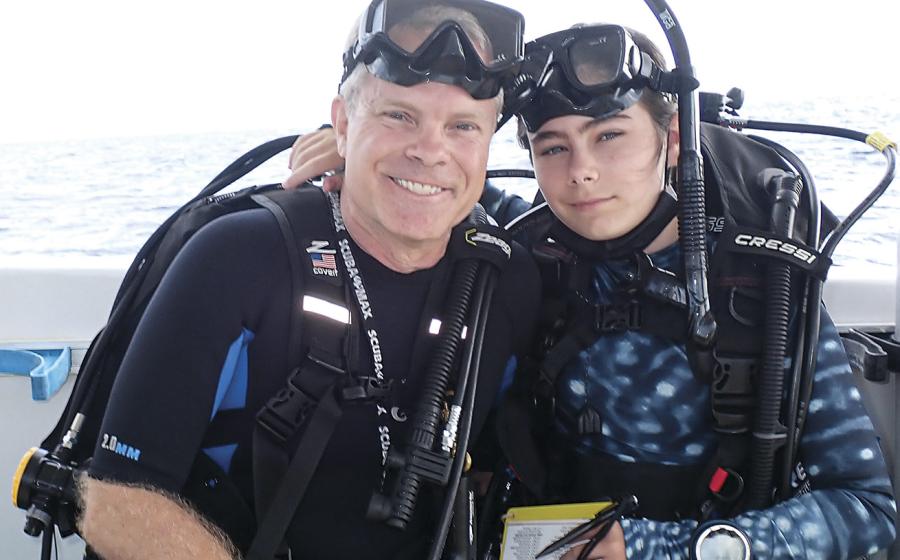Spanish Beauty: Diving Playa Chica in the Canary Islands

Arturo TelleIt is common for orange coral, one of the most colorful species in the Canaries, to be found deeper than 150 feet. These huge branches were photographed at the much-shallower depth of just 65 feet.

Arturo TelleFinding the annulated sea hare often requires a closer look between the rocks and under overhangs where it likes to hide during the day.

Arturo TelleStargazers bury themselves in the sand, with their mouths and eyes just visible as they watch for prey.
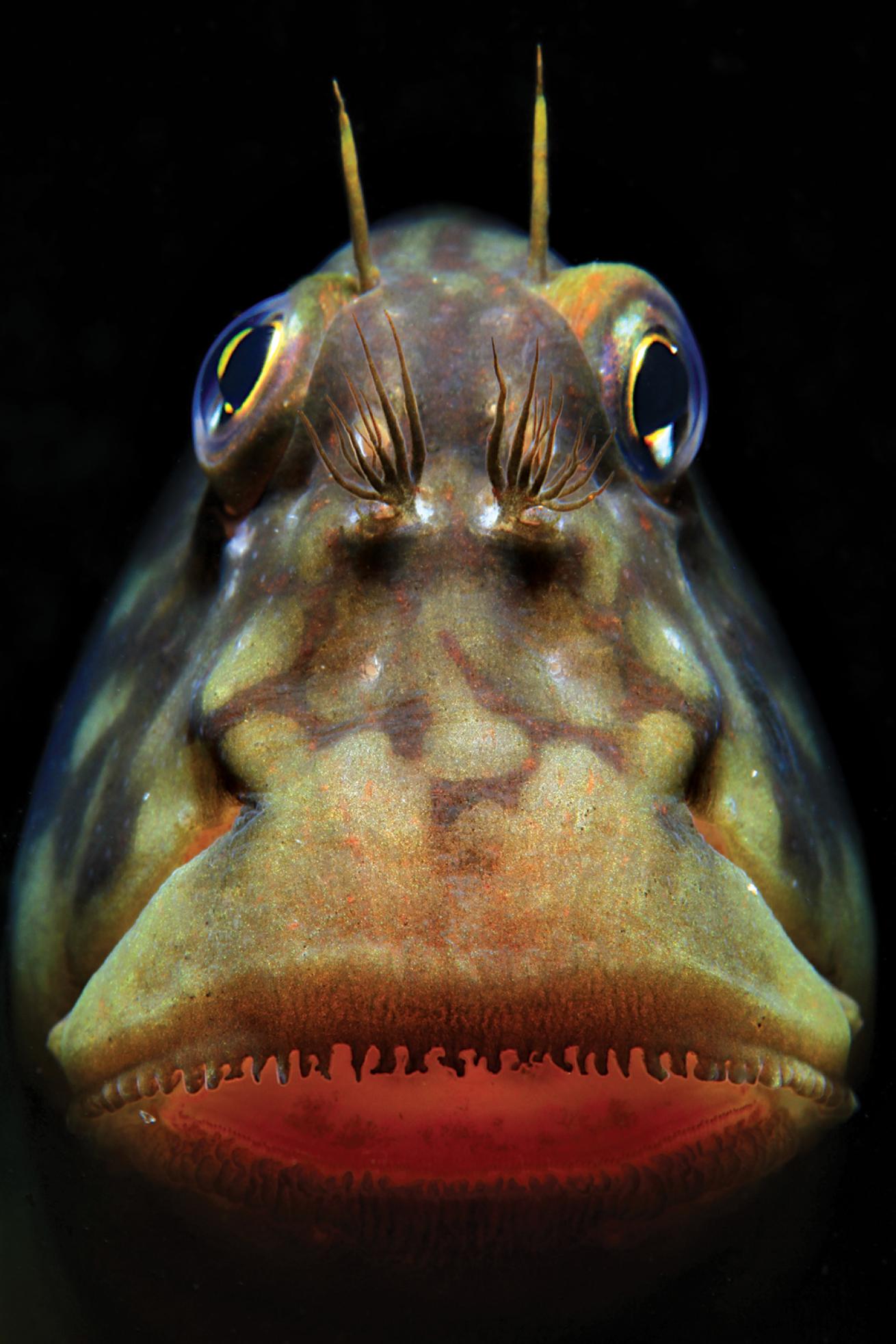
Arturo TellePlaya Chica has a wealth of treasures. Just below the staircase lives the friendly, and curious, red-lipped blenny.
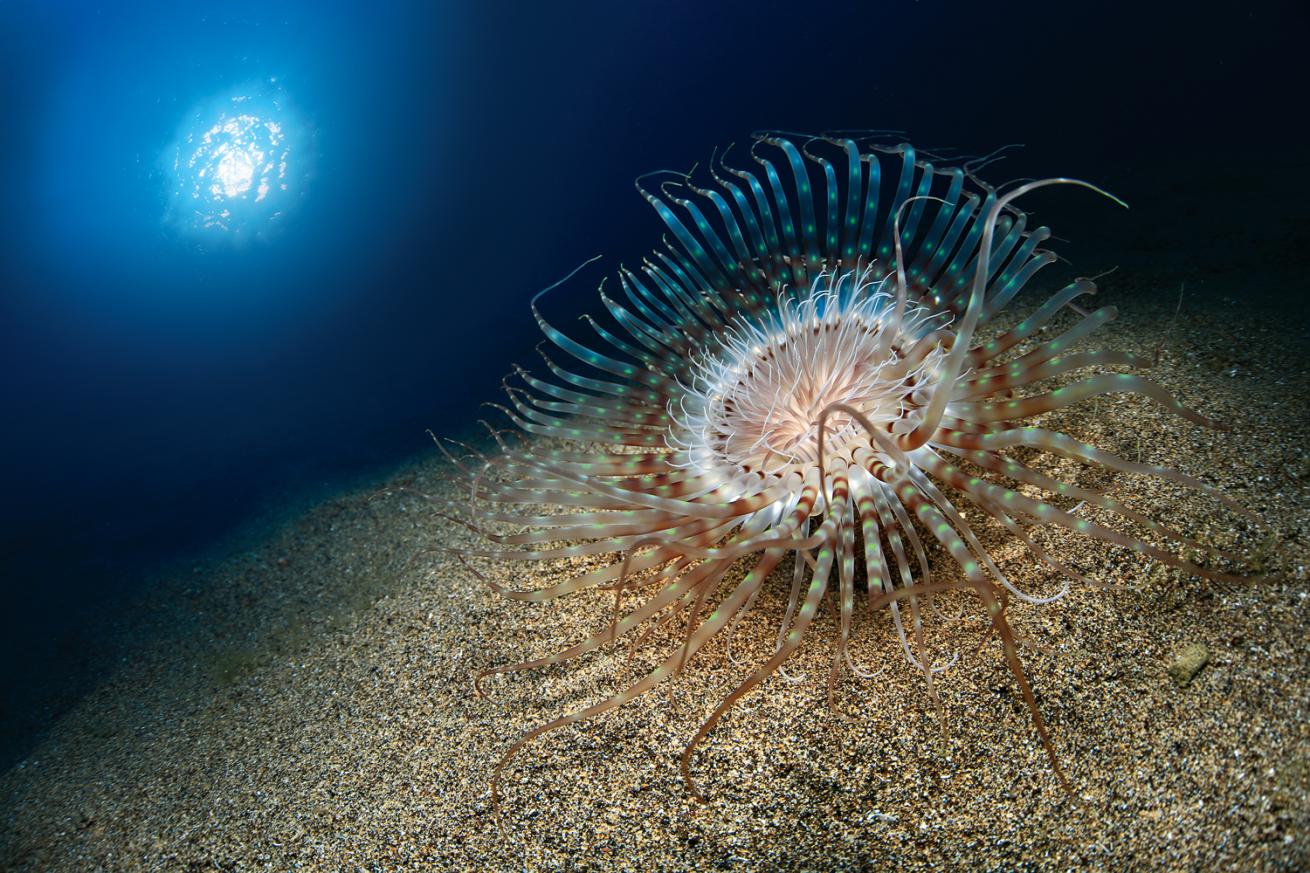
Arturo TelleInteresting critters can be discovered nearby in the sand flats, such as the beautiful banded tube-dwelling anemone.

Arturo TelleThe comb sea star hunts during the night for food on the sandy bottom.

Arturo TelleThe club-tipped anemone showing off various shades of yellow, orange, white, red and violet.
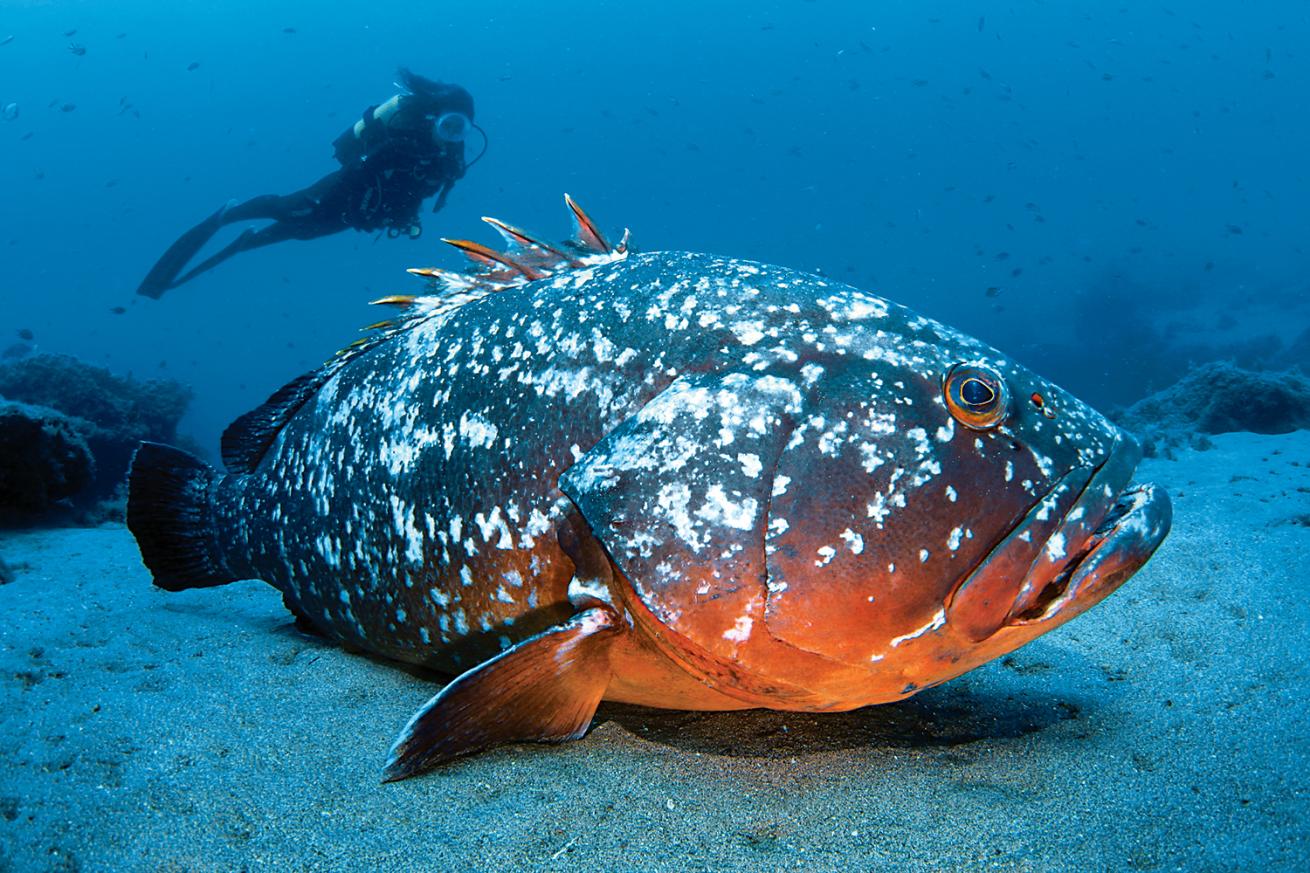
Arturo TelleDusky grouper are very territorial of their area, so it’s typical to see one big adult male and 10 or more females and juveniles.

Arturo TelleLocated in very shallow waters of the sheltered bay outside the main harbor of Lanzarote, the Telamon wreck lies half-sunken. The former cargo ship is riddled with openings that let in light, making it popular among photographers.
Divers Guide to Playa Chica
>> Average water temps: August to October 73 to 77°F at the surface; February and March are the coldest, with surface water temps of around 64°F at the surface
>> Average visibility: 60 to 120-plus feet
>> What to wear: 5mm to 7 mm wetsuit in the warmer months; semidry wetsuit in winter
>> When to go: Year-round
Off Morocco lies Lanzarote, home to Playa Chica, the most beguiling site in the Canary Islands.
I’ve been asked many times about my favorite dive spot in the Canary Islands. Choosing one of the seven major islands as the best overall is impossible, but naming the single-best site is easy: Lanzarote’s Playa Chica, which means “small beach” in Spanish.
The most popular dive spot in the Canaries — summer can see an average of 300 divers entering the water — Playa Chica offers extremely easy access as well as truly wonderful underwater scenery. This stretch of idyllic white sand, flanked by rocky tongues on both sides, offers a shore entry via a staircase, and as soon as your head dips below the water’s surface, the first surprise is usually the great visibility, normally more than 60 feet, and sometimes reaching a stunning 120 feet or even more.
Beginning from the shore, in only 10 or 15 feet of water, you’re already surrounded by plenty of small life — groups of Atlantic and bluefin damselfish, parrotfish, Turkish wrasse, saddled breams, pompanos, cow breams, white breams, two-banded breams, zebra breams ... the list goes on.
A profusion of small fish, used to divers and snorkelers, accompanies you as you make your way to deeper water, where even more life awaits: Barracuda, stingrays, Atlantic grouper, and more pop in and out of the caves and overhangs, and combine to make Playa Chica truly the gem of the Canaries.
Don't Miss Dives:
El Agujero Azul (The Blue Hole)
Look to the right as you enter the water, and you’ll find a large sand flat slop- ing down gently to a drop-off at around 60 feet, parallel to the shoreline. There are plenty of over-hangs, small caves, and a 30-foot-long swim-through that gives the dive site its name. The walls and ceilings are covered with colorful sponges, and don’t forget to look into the blue to spot passing barracuda, a car-size stingray or, with a bit of luck, a huge amberjack.
La Cueva de las Gambas (The Shrimps’ Cave)
Entering from the stairs and diving straight ahead off-shore, along the hill that serves as a continuation of the rock line, you’ll reach a drop-off at around 75 feet. Continuing down, keeping the wall to your left, you’ll find a large cave with the entrance at 124 feet, going up to 115 feet in the interior. Here lives a huge grouper and thousands — maybe millions — of shrimp. It’s simply spectacular if you enter without a light and then switch on your torch to see the bottom and sides completely covered with shrimp, scattering away from the light into the deeper part of the cave.
The Cathedral
Just in front of the beach, the scenery includes a huge — but not deep — cave, with the bottom at 90 feet. The interior is covered with colorful sponges, and among them you can spot many grouper, some of them really huge — over 3 feet long and up to 80 pounds. Beautiful black coral decorates one of the walls out- side the cave, and the occasional angel shark on the sand flat on top of the cave makes the dive complete.
Diver's Day Off
Even though Lanzarote offers two great tourist areas with shopping centers, restaurants and night life, the island attracts mainly nature lovers who want to do more than shop, eat and sunbathe. Its naked volcanic landscape gives a unique color and shape to the island, allowing visitors to see and almost feel the lava flow hundreds of years after the last eruption. Check out Parque Nacional de Timanfaya, which is the location of the volcano that last erupted in 1824. Or visit Los Jameos del Agua, a cave inside a volcanic tunnel created by the eruption of La Corona volcano. Within the cave is a natural lake, home to the endemic blind albino cave crabs (Munidopsis polymorpha) that dot the lake’s rocky floor.

